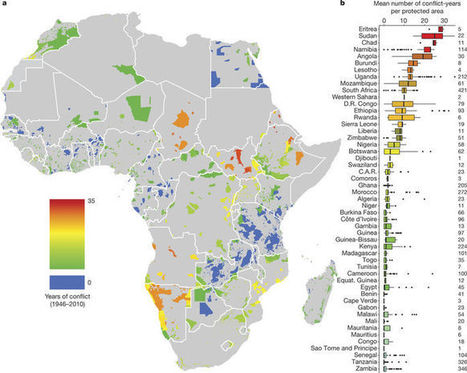Large-mammal populations are ecological linchpins, and their worldwide decline and extinction disrupts many ecosystem functions and services. Reversal of this trend will require an understanding of the determinants of population decline, to enable more accurate predictions of when and where collapses will occur and to guide the development of effective conservation and restoration policies. Many correlates of large-mammal declines are known, including low reproductive rates, overhunting, and habitat destruction. However, persistent uncertainty about the effects of one widespread factor—armed conflict—complicates conservation-planning and priority-setting efforts.
Research and publish the best content.
Get Started for FREE
Sign up with Facebook Sign up with X
I don't have a Facebook or a X account
Already have an account: Login
Revue de presse et du net par le Pôle de partage des connaissances S&T de l'Office français de la biodiversité
Curated by
DocBiodiv
 Your new post is loading... Your new post is loading...
 Your new post is loading... Your new post is loading...
|










